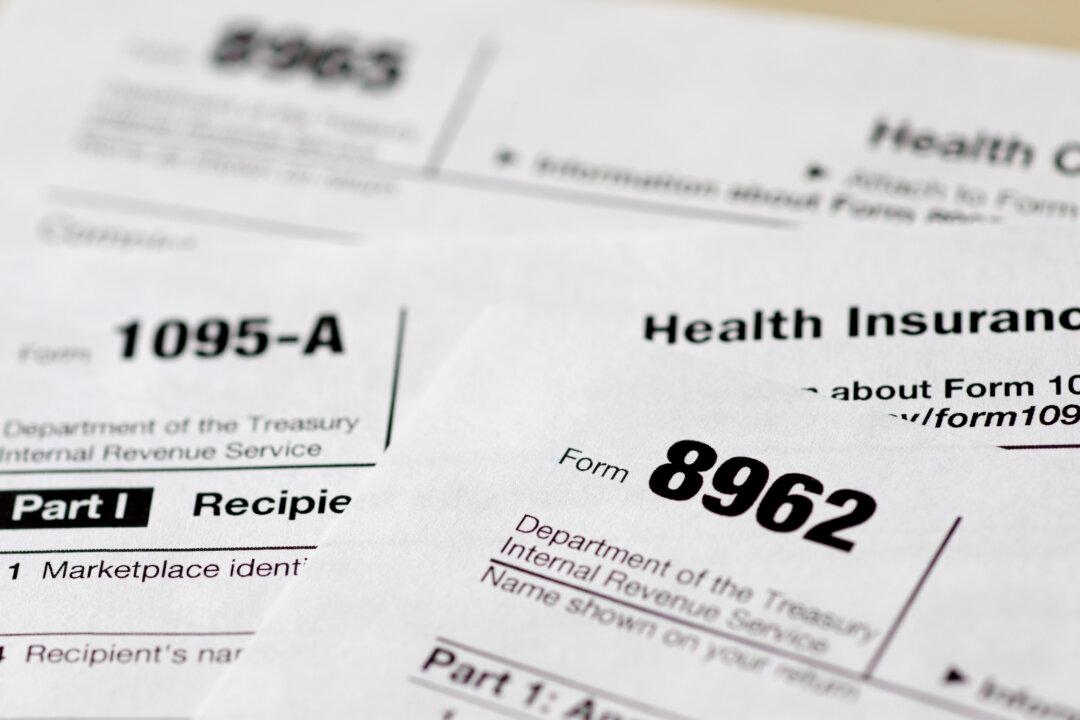The percentage of uninsured Americans rose to 8.2 percent in the first quarter of this year, according to survey findings published by the Centers for Disease Control and Prevention (CDC) on Aug. 6.
The report estimated that 27.1 million Americans of all ages were without health insurance as of March this year, up from 25.5 million or 7.7 percent at the end of the previous year.





